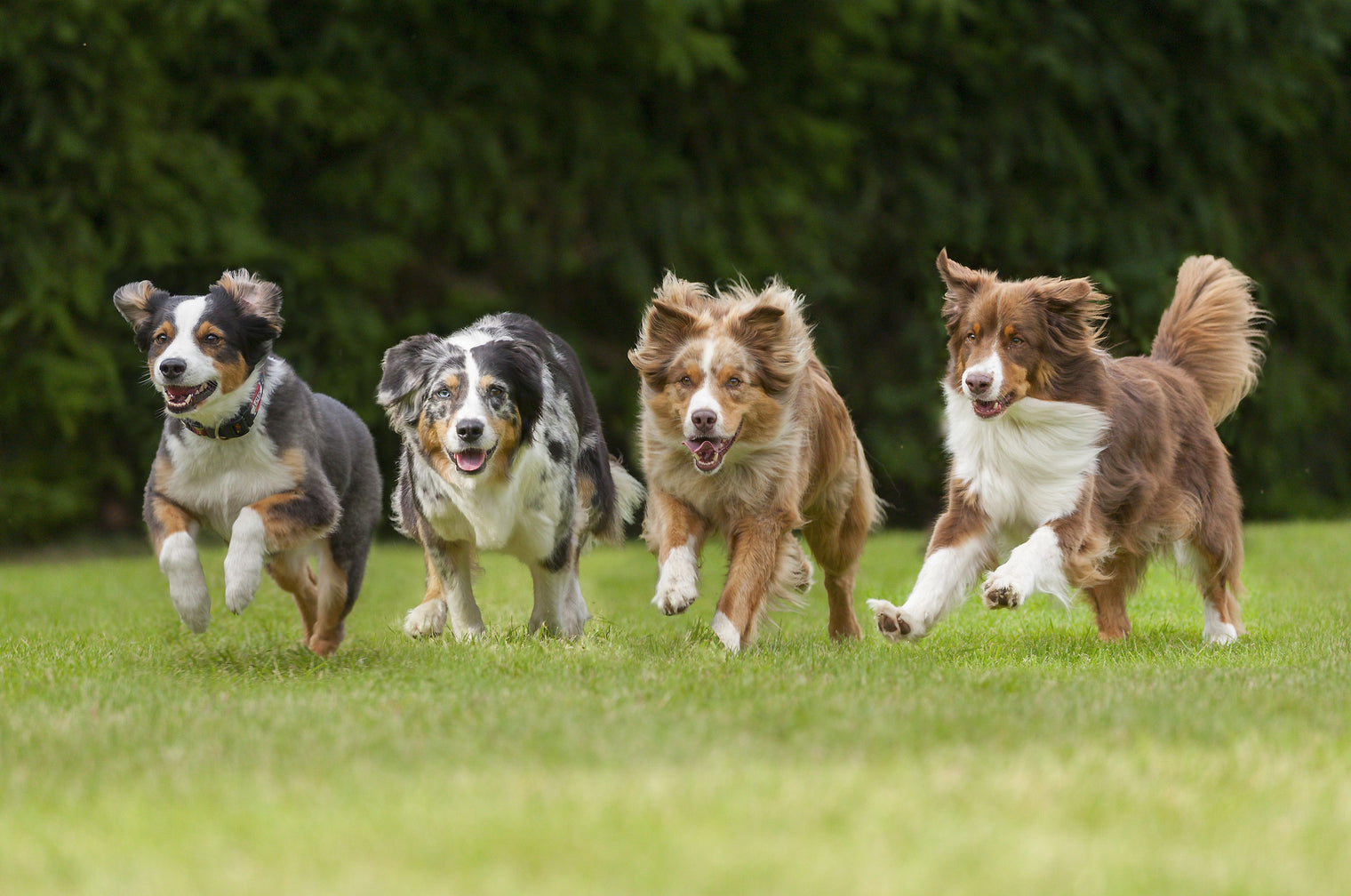Optimizing protein intake for dogs varies based on activity levels: active dogs, needing 25-30% protein for energy and muscle support (e.g., chicken, turkey), versus non-active dogs, requiring 18-20% to prevent weight gain (e.g., lamb, duck). Age and health influence needs, so balanced commercial foods or vet-approved homemade diets are key. Regular monitoring ensures dogs get ideal protein for health and activity levels.
Understanding Protein Needs in Dogs
What is Protein and Why is it Important?
Protein is a macronutrient made up of amino acids, which are essential for the body's growth, repair, and maintenance. For dogs, protein supports muscle development, immune function, and energy levels.
Role of Protein in a Dog’s Body
Protein serves as the building block for tissues, enzymes, hormones, and antibodies. It’s vital for maintaining healthy skin, coat, nails, and overall body function.
Active Dogs: Who Are They?
Characteristics of Active Dogs
Active dogs are those with high energy levels and a strong drive for physical activities. They often participate in sports, work, or long play sessions.
Examples of Active Dog Breeds
Breeds like Border Collies, German Shepherds, and Labrador Retrievers are known for their high energy levels and active lifestyles.
Protein Requirements for Active Dogs
How Much Protein Do Active Dogs Need?
Active dogs require a higher protein intake to support their energy needs and muscle maintenance. Generally, they need about 25-30% protein in their diet.
Best Protein Sources for Active Dogs
Quality protein sources for active dogs include chicken, turkey, beef, fish, and eggs. High-protein commercial dog foods are also available.
Non-Active Dogs: Who Are They?
Characteristics of Non-Active Dogs
Non-active dogs are typically more sedentary and may include older dogs, smaller breeds, or those with certain health conditions limiting their activity.
Examples of Non-Active Dog Breeds
Breeds like Bulldogs, Shih Tzus, and Basset Hounds tend to be less active and more prone to lounging than running around.
Protein Requirements for Non-Active Dogs
How Much Protein Do Non-Active Dogs Need?
Non-active dogs require less protein than their active counterparts, usually around 18-20% protein in their diet, to avoid unnecessary weight gain.
Best Protein Sources for Non-Active Dogs
Moderate protein sources such as lamb, duck, and plant-based proteins can be suitable for less active dogs. Balancing with fiber is also essential to prevent obesity.
Comparing Protein Needs: Active vs. Non-Active Dogs
Key Differences in Protein Requirements
Active dogs have higher energy expenditure and muscle repair needs, thus requiring more protein. Non-active dogs need enough protein to maintain health without excess calories.
Factors Influencing Protein Needs
Factors such as age, weight, health status, and specific breed traits can influence a dog’s protein needs.
Choosing the Right Dog Food
Reading Dog Food Labels
Understanding labels is crucial. Look for clear protein sources listed at the top of the ingredient list.
Protein Content in Commercial Dog Foods
Many commercial dog foods cater specifically to active or non-active dogs, providing appropriate protein levels for each category.
Homemade vs. Commercial Dog Food
Benefits of Homemade Dog Food
Homemade dog food allows for control over ingredients and ensures high-quality protein sources.
Challenges of Homemade Dog Food
Balancing nutrients can be challenging without veterinary guidance, and preparation can be time-consuming.
Commercial Dog Food Options
Commercial options are convenient and nutritionally balanced, often formulated for specific activity levels.
Common Myths About Protein in Dog Diets
Myth: All Dogs Need the Same Amount of Protein
Different dogs have different needs based on their activity levels, age, and health status.
Myth: High-Protein Diets Are Harmful
For most dogs, high-protein diets are not harmful if the protein comes from quality sources and the diet is balanced.
Monitoring Your Dog’s Protein Intake
Signs of Protein Deficiency
Symptoms include weight loss, poor coat quality, and decreased energy levels.
Signs of Excess Protein
Excess protein can lead to weight gain and stress on kidneys, particularly in older dogs.
Veterinary Guidance on Protein Needs
Importance of Regular Vet Check-ups
Regular check-ups help monitor your dog's health and nutritional needs, adjusting their diet as necessary.
Tailoring Diet to Individual Needs
A vet can provide specific dietary recommendations based on your dog's unique requirements.
Special Considerations
Protein Needs for Puppies
Puppies need more protein for growth and development, typically around 22-32% of their diet.
Protein Needs for Senior Dogs
Senior dogs often require less protein to ease the load on their kidneys while maintaining muscle mass.
Conclusion
Protein is a critical component of a dog's diet, but the amount needed varies greatly between active and non-active dogs. By understanding their specific needs, you can ensure your furry friend stays healthy and happy.
FAQs
How can I tell if my dog is getting enough protein?
Look for signs like a shiny coat, good muscle tone, and consistent energy levels.
Are there risks to giving my dog too much protein?
Yes, excess protein can lead to weight gain and kidney strain, especially in older dogs.
Can protein needs change over time?
Absolutely. Age, health status, and activity level can all affect protein requirements.
Is raw food better for active dogs?
Raw food can be beneficial but should be balanced and prepared safely to avoid nutritional deficiencies and health risks.


